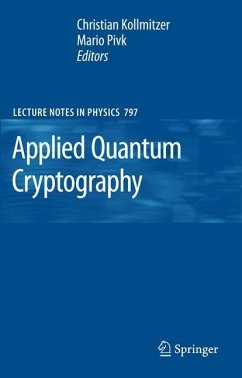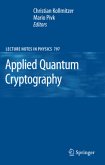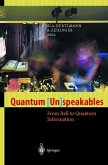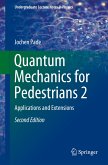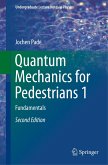Using the quantum properties of single photons to exchange binary keys between two partners for subsequent encryption of secret data is an absolutely novel te- nology. Only a few years ago quantum cryptography - or better Quantum Key Distribution - was the domain of basic research laboratories at universities. But during the last few years things changed. Quantum Key Distribution or QKD left the laboratories and was picked up by more practical-oriented teams that worked hard to develop a practically applicable technology out of the astonishing results of basic research. One major milestone toward a QKD technology was a large research and dev- opment project funded by the European Commission that aimed at combining qu- tum physics with complementary technologies that are necessary to create a tech- cal solution: electronics, software, and network components were added within the project SECOQC (Development of a Global Network for Secure Communication based on Quantum Cryptography)that teamed up all expertise on European level to get a technology for future cryptography.
From the reviews:
"This book is an interesting collection of survey papers on QKD (Quantum Key Distribution) by ten authors. QKD is a new technology attracting a high level of attention today worldwide. This book can serve as a reference to understand the state of the art of QKD and how to implement it in standard communication infrastructure." (Jon-Lark Kim, Mathematical Reviews, Issue 2012 a)
"This book is an interesting collection of survey papers on QKD (Quantum Key Distribution) by ten authors. QKD is a new technology attracting a high level of attention today worldwide. This book can serve as a reference to understand the state of the art of QKD and how to implement it in standard communication infrastructure." (Jon-Lark Kim, Mathematical Reviews, Issue 2012 a)

